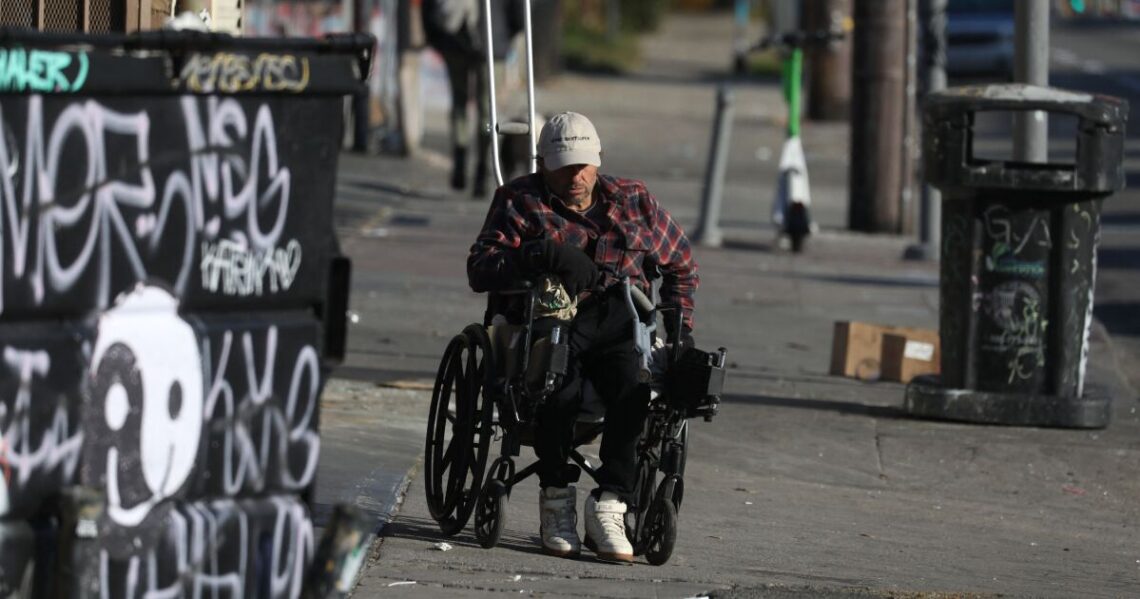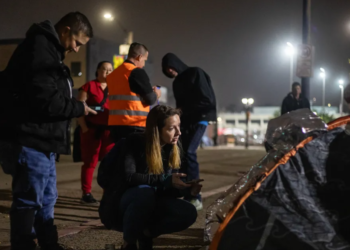When Los Angeles Mayor Karen Bass campaigned last year on reining in homelessness, she laid out bold proposals with a budget of hundreds of millions of dollars. In April, she told NPR she hoped for a “very significant reduction” this year, especially of people living on the street. But on Monday, Bass said it’s become clear that there’s simply no end in sight.
“We really need to normalize the fact, unfortunately, that we’re living in a crisis,” she said at a press conference announcing a renewal of her emergency declaration on homelessness.
The shift in tone comes after both LA and New York City recently declared a record level of homelessness, and other cities have also seen their numbers continue to climb despite considerable attention and spending to give people shelter. It’s part of a steady rise around the country since 2016, after years of successfully driving down the number of people without housing.
So what’s going on? Advocacy groups and researchers say a big driving force is the decline of affordable housing, a problem decades in the making but one that has grown significantly worse in the past few years. Here are a few ways it’s playing out.
1. More people than ever are being housed — but an even higher number are falling into homelessness
About a third of the U.S. homeless population is in California, and the state faces mounting questions about why billions of dollars spent in recent years hasn’t reduced the number of people living in cars and encampments. A bipartisan group of lawmakers has asked the state auditor to investigate. A key program in Los Angeles to move people from hotels into permanent housing…
Read the full article here






